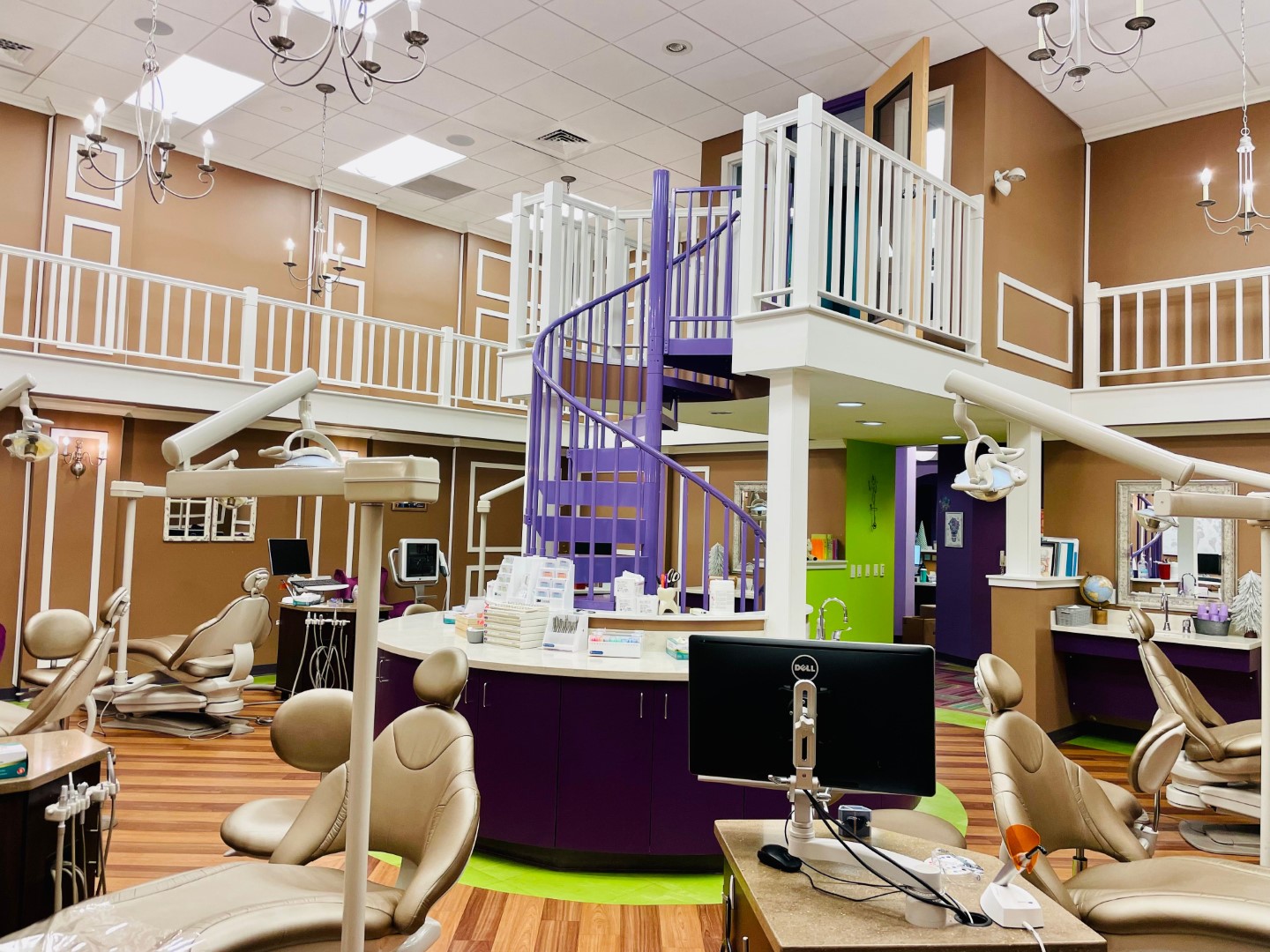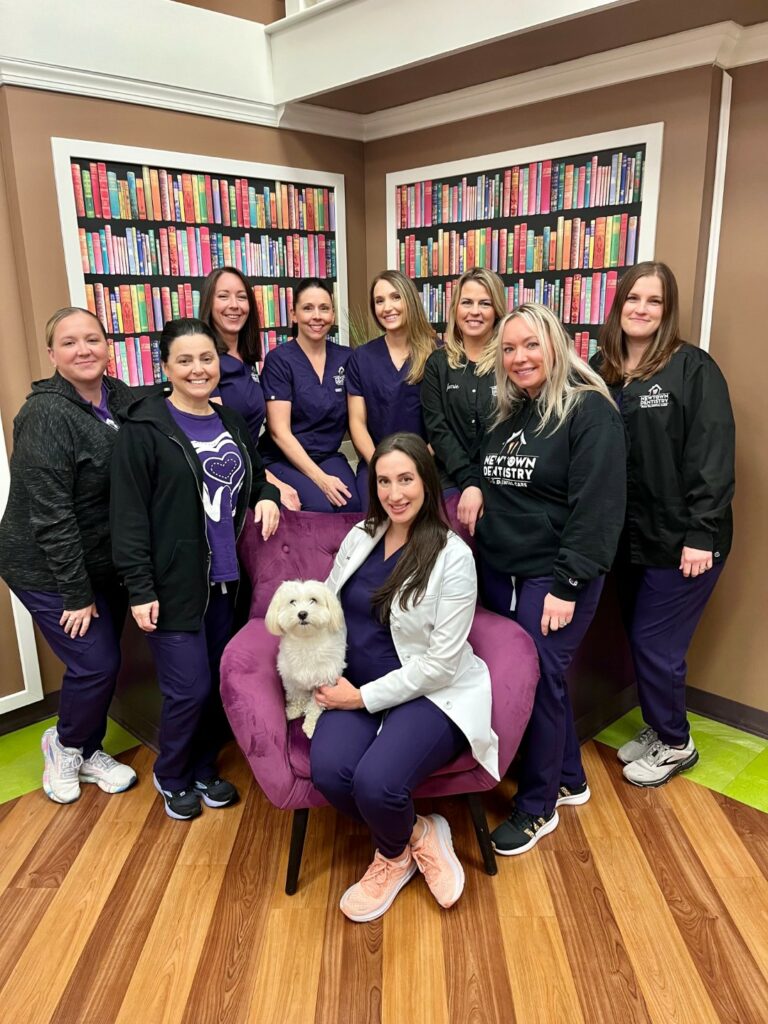Dental expanders for teeth are common orthodontic appliances used to widen the upper jaw by expanding the bones forming the palate or roof of your mouth. They are often used to make the bone larger in order to fit all of the permanent teeth, fix bites, and help to create a broader, more aesthetic smile. Expanders for teeth work best in kids because their mouth bones are still growing, and their palates are not fused together yet.
Dental Expanders

There are a number of dental problems that orthodontists correct with the use of rapid palatal expanders, including:
- Overcrowding: Dental crowding happens when a child’s upper jaw may be so narrow that their teeth don’t have room to come in. The teeth start to grow in unnatural positions, trying to find a space to grow in, leading to crooked, crowded teeth that don’t line up properly. Some teeth may even become impacted.
- Crossbite: A crossbite affects the way your teeth are aligned. It occurs when the upper teeth fit behind your lower teeth (they should fit just outside the lower teeth) when your mouth is closed. This can affect teeth both in the front of your mouth and toward the back.
- TMD: Temporomandibular disorder can result from poor alignment of the temporomandibular joint (TMJ). Over time, it can cause headaches and damage to that joint. Sometimes a poorly shaped palate may be associated with TMD.
- Sleep Apnea: People with narrow upper jaws can have trouble breathing through their nose. While a person sleeps, this narrow airway does not provide enough oxygen. Expanders may widen the jaw and the floor of the nose, creating more space for the oxygen to flow.
How Do Expanders Work?
Palatal expansion is a combination of tooth movement and jaw expansion. It works by widening the two halves of the upper jaw, called the palate. Palatal expanders are customized for each patient’s unique mouth.
At Newtown Dentistry, we use hyrax expanders that are bonded to the teeth on either side of the palate. It consists of an upper appliance that is connected by screws or springs. Each expander comes with a specific key that snaps into place and enables the expander to turn, which causes the widening. We will provide you with a clear set of instructions showing you how to turn the key and how often.
How Long Are Expanders Worn?
Expanding the palate is usually complete within three to six weeks, but the dental expander will remain in your mouth for a longer period of time to allow the expansion to stabilize. Expanders are typically worn for at least 6 months, sometimes longer. Removing the expander too soon can compromise the widening effect.
What to Expect When Wearing an Expander?

While each patient’s experience with expanders will be unique to them, there are some common effects patients notice when wearing them:
Speech
Your speech may be affected. This is not permanent, and the best way to get used to this is to speak aloud as much as possible; try reading out loud or singing.
Soreness
Like any new dental device, a palate expander can cause minor discomfort for the first few days. Chewing and talking are the best ways to get your mouth used to this new feeling. In the meantime, you can reduce tenderness with over-the-counter pain relievers, such as acetaminophen, ibuprofen, or naproxen.
Pressure or Tingling
It is very common to experience a small amount of pressure or tingling in the roof of your mouth, on the bridge of your nose, on your cheeks, or on your tongue. This should last only a short amount of time.
Awkward Bite
Your bite may feel off as the width of your palate changes. As your palate expands, your teeth may temporarily not fit together properly.
Space Between Front Teeth
If you see a space developing between your front teeth, it means the expander is doing its job to expand the jaw. This space should close by itself by the time your orthodontic treatment is complete.
Taking Care of a Dental Expander
Orthodontists recommend that you brush your expander, including the metal bars and screw, in the same way you brush your teeth. When you are unable to brush after eating, use water swished around in your mouth to help dislodge any food particles. Some patients opt to purchase a device such as a waterpik to keep their expander clean.
Eating with an Expander
 At first, eating with an expander may be more difficult. Orthodontists recommend that you take small bites and eat soft foods until this is overcome—usually a few days to a week. After that, you should be able to eat almost everything you did before, with some exceptions. Do not eat sticky or chewy foods such as gum, taffy, caramels, or licorice, or hard foods like ice, nuts, or popcorn.
At first, eating with an expander may be more difficult. Orthodontists recommend that you take small bites and eat soft foods until this is overcome—usually a few days to a week. After that, you should be able to eat almost everything you did before, with some exceptions. Do not eat sticky or chewy foods such as gum, taffy, caramels, or licorice, or hard foods like ice, nuts, or popcorn.
Our orthodontists have used expanders to successfully correct many of our patients’ issues. We offer a free orthodontic consultation to assess whether expanders for your teeth would be appropriate for you or your child. You can schedule an appointment here, or feel free to call us at (215) 504-5437.
Hours of Operation
Monday
8:30am - 4:00pm
Tuesday
8:30am - 5:00pm
Wednesday
8:00am - 6:30pm
Thursday
9:00am - 7:30pm
Friday
7:30am - 4:00pm
Saturday
Closed
ADDRESS
46 Blacksmith Rd.
Newtown, PA 18940
Phone: (215)-504-5437
Fax: (215) 504-5844
© 2024 All Rights Reserved.
Farotech: A Philadelphia SEO & Web Design Company
